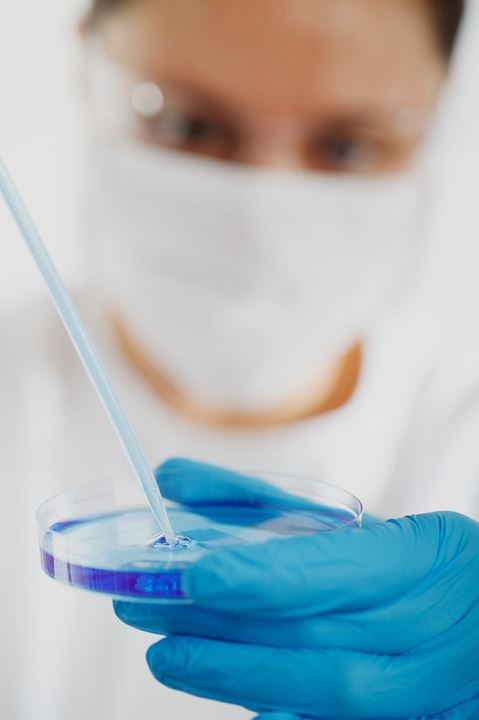
If you work in the medical field, you know the importance of protecting lab test samples and equipment against loss and contamination. Mishaps can occur at the least expected moments that result in contaminated lab samples, and taking the right preventative measures can help keep blood, urine and other test specimens safe at all times. Here are some essential steps that you should take to prevent unexpected lab contamination.
Practice Correct Glove Wearing Techniques
Sterile gloves that are used when drawing blood or performing other types of sensitive lab work should be placed on the hands and worn properly to avoid contaminations. It is equally important to be aware that gloves can become contaminated when they are first being put on. RegisteredNurseRN.com recommends using the surrounding flaps to open the sterile packaging for the gloves. You should then glove your dominant hand by using your nondominant hand to grasp the glove’s inside cuff and slide the glove over your dominant hand. To place a glove on the nondominant hand, slip your gloved dominant hand under the cuff of the other glove and pull it gently over your non-gloved hand. The purpose of this is to ensure that the outside of the glove does not come into contact with your hand at any point, preventing the oils and bacteria on your skin from spreading. It’s also important to wear gloves that are the correct size and wash hands before wearing them.
Check Packaging Practices of Your Medical Kit Manufacturer
Testing instruments can become contaminated even before they’re used if they aren’t packaged properly. You should make sure that your suppliers use safe and durable materials for their packaging and that everything is sealed sufficiently to prevent any contamination problems. The best medical product kitting companies adhere to safe packaging practices to ensure that all items inside each lab kit are suitable for use. Most will say this on their website or in their initial outreach brochures, but you can also call and ask them about their specific procedures when in doubt. It is essential to be certain that your equipment arrives in a sterile condition so that your in-clinic measures aren’t thwarted before they begin.
Eliminate Dust with Powerful Air Purifiers
Dust is one of the leading contaminants in a lab setting and can quickly invalidate your equipment and test samples. Using powerful air purifiers to clean the air in your lab and other parts of your medical facility can help prevent dust from settling on equipment. Along with dust, many of the best air purifiers can trap pollen and dirt particles that are also known to wreak havoc in labs and other medical settings. Many of the top devices on the market operate quietly so that a lot of excess noise isn’t made while in action. While the most effective air purifiers should be installed into your HVAC system, you can get portable ones that will take care of a single room should that be deemed more efficient to your needs, depending on the size of the clinic and lab space in question.
Use Cleaning Alcohol Instead of Chemical Wipes
Cleaning alcohol can get the surfaces inside your lab cleaner than most chemical wipes. Many types of viruses and bacteria can be eradicated with cleaning alcohol. This is also better to use as it prevents harsh chemicals from damaging delicate instruments and from leaving lingering traces of those chemicals that can later contaminate samples. Alcohol, on the other hand, evaporates and leaves little to no residue behind. You can find alcohol that comes in spray bottles for larger areas where sterile wipes won’t be efficient. A mixture of USP-grade isopropyl alcohol and USP-purified DI water is used in some cleaning alcohol solutions to make them more effective while still being safe. Many of the best cleaning alcohol solutions are pyrogen-free to help prevent you or anyone else in your workspace from getting fevers. It is also important to ensure that the cloth you use will not leave any residual fibers during the cleaning process.
As a medical professional, it’s important that you do everything possible to protect the integrity of your lab. Contaminations in a lab can be detrimental to a practice, as they can result in inaccurate lab results and require retesting that may not always be possible. By exercising safe practices to avoid contamination, your lab will be able to continue its role as a reliable testing and diagnosing center.

